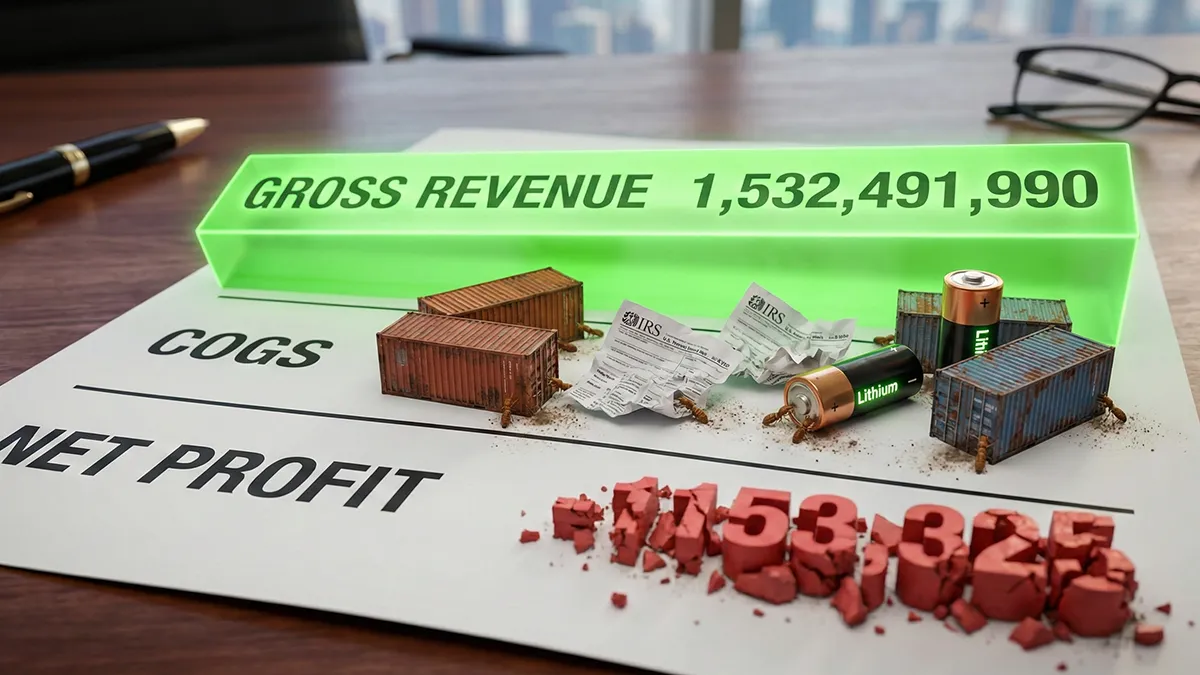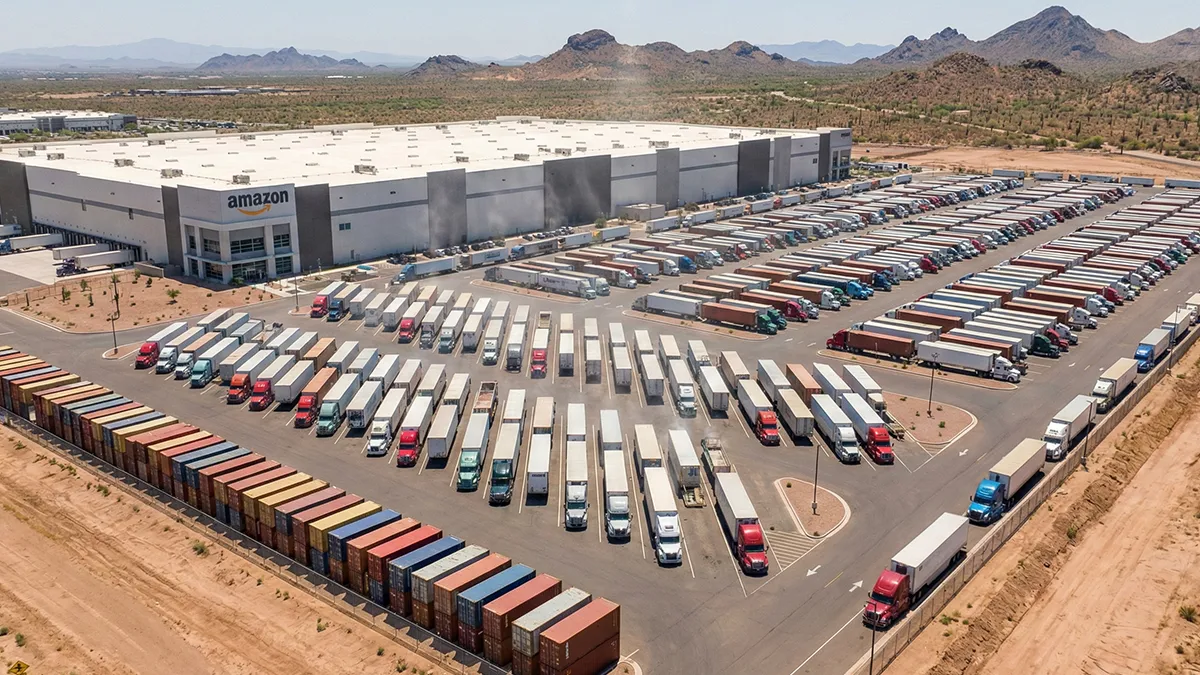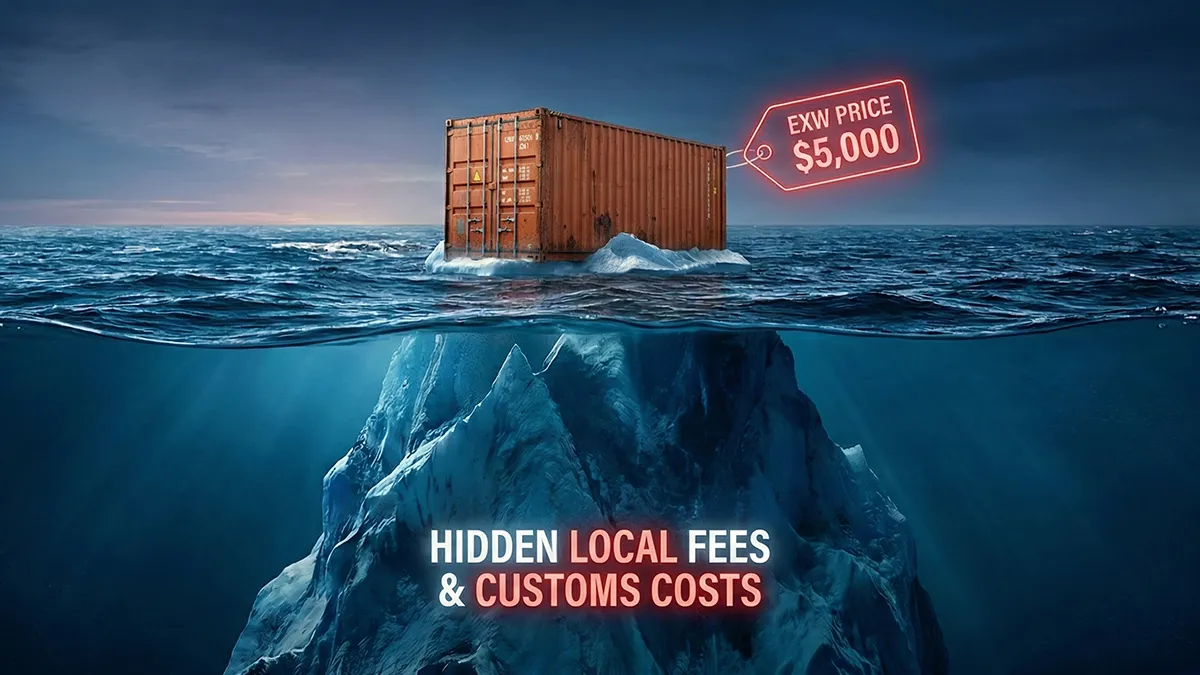What Does "In Transit" Mean? A Complete Guide for E-commerce Sellers
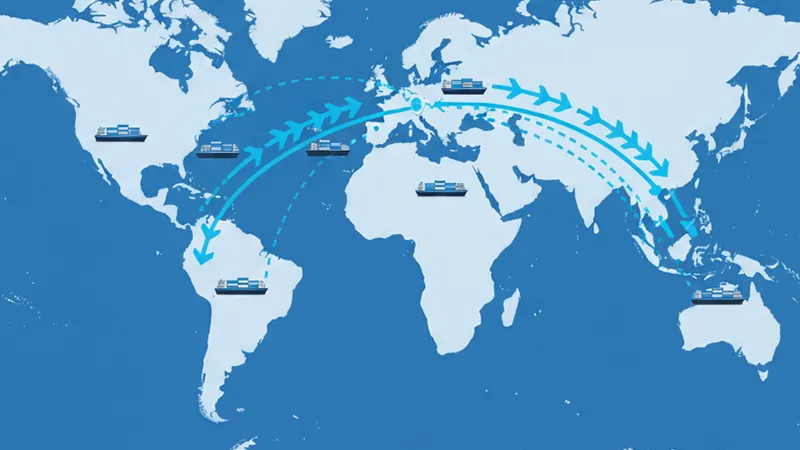
If you sell online, you’ve seen the tracking status “In Transit.” It’s one of the most common shipping updates, but also one of the most confusing for customers. For e-commerce sellers, B2B buyers, and supply chain managers in North America and Europe, understanding what “In Transit” really means is crucial. Misinterpreting this status can lead to unnecessary customer complaints, support tickets, and even lost sales.
This guide will break down what “In Transit” means for major carriers like USPS and FedEx, explain common tracking codes, and share strategies to manage expectations in your supply chain.
What Does "In Transit" Mean in Shipping?
In shipping, “In Transit” means that the package has been handed over to the carrier and is currently moving within their network toward the final destination.
-
For domestic shipments, this could last hours or a few days.
-
For international ocean freight from China to North America or Europe, “In Transit” could mean weeks at sea, plus customs clearance.
👉 Understanding this difference is the first step to setting realistic delivery expectations with your customers.
What Does “In Transit” Mean for USPS?
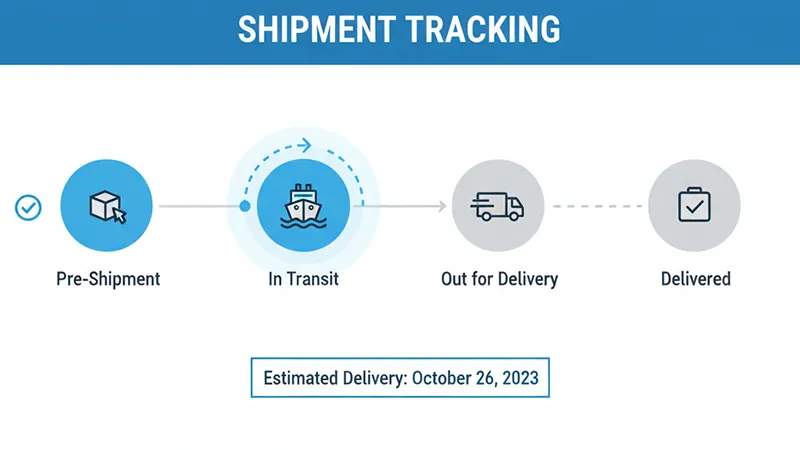
The United States Postal Service (USPS) uses “In Transit” to show that a package has been scanned into its network and is being routed toward the destination.
Common USPS tracking statuses include:
-
Pre-Shipment: A label has been created, but the package has not yet been physically received by USPS.
-
In Transit: The package is actively moving between different USPS facilities. You might see updates like “In Transit, Arriving On Time.”
-
Out for Delivery: The package is on the local truck for final delivery that day.
-
Delivered: The package has successfully reached the recipient.
📌 You can track all USPS shipments on the official USPS Tracking Page.
What Does “In Transit” Mean for FedEx?
FedEx defines “In Transit” as any time a package is actively moving through its vast network toward its final destination.
Key FedEx statuses include:
-
In Transit: The package is on its way.
-
Out for Delivery: The final step before the package arrives at the customer's door.
-
Delivery Exception: A delay has occurred due to weather, customs, or an incorrect address.
-
Pending: The delivery date has not yet been confirmed.
👉 For international sellers, FedEx’s real-time updates are generally more detailed than standard postal services. You can track packages on the FedEx Website.
What Does “In Transit” Mean for Shein Orders?
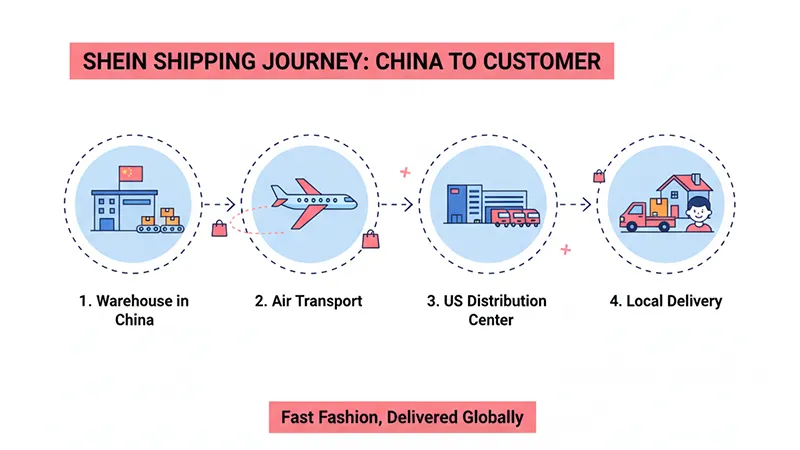
Shein, the China-based fashion retailer, uses a complex network of multiple carriers. Their tracking often shows detailed statuses that can be confusing but all signify movement.
-
Transit Airport Arrival: The package has reached an international hub (e.g., ICN airport in Korea or ANC in Alaska).
-
Destination Airport Arrival: The package has landed in the customer’s country (e.g., "JFK destination airport arrival shein").
-
Franklin Park: A major U.S. distribution hub near Chicago. If you see "franklin park shein" or "franklin park last mile departed", it means your package is being processed for final delivery by a local carrier like USPS.
Decoding Common "In Transit" Carrier Codes
You may see short codes like RD, OS, OD, or RB in your tracking. Here’s what they usually mean:
-
RD (Regional Distribution): Your package is at a large regional sorting facility. (e.g., "NJ Dayton In Transit RD").
-
OS (Out for Sorting): The package is at a local hub being sorted onto a specific delivery route.
-
OD (Out for Delivery): The package is on the final truck heading to the customer.
-
RB (Routing/Regional Batch): An internal carrier code indicating the package is being moved in a batch to the next facility.
⚠️ While carriers don’t always publish official definitions, sellers should interpret all these codes as positive signs of movement within the logistics network.
Why Do Transit Delays Happen?
Even when a package is “In Transit,” delays are common. The primary causes include:
-
Customs Clearance: The most frequent reason for international delays.
-
Weather Disruptions: Storms, snow, or typhoons can halt all modes of transport.
-
Port or Airport Congestion: Backlogs at major hubs can leave packages waiting for days.
-
Missed Connections: A container might miss its connecting vessel or a package its connecting flight.
👉 For in-depth analysis of global freight trends and delays, industry resources like the Journal of Commerce are invaluable.
How E-commerce Sellers Can Manage Customer Expectations
-
Educate Customers: Clearly explain on your shipping policy page that “In Transit” does not mean delivery is imminent, especially for international orders.
-
Create a Tracking FAQ: Proactively answer common questions like "Why is my package stuck?" to reduce support tickets.
-
Provide Realistic Timelines: For international sea freight, always set a delivery window of 30–45 days to build in a buffer for potential delays.
-
Partner with a Reliable Logistics Provider: For high-value or bulk B2B shipments, working with a professional freight forwarder provides superior tracking, visibility, and proactive problem-solving that standard carriers cannot offer.
Frequently Asked Questions (FAQ)
-
Q: Does “In Transit” mean the package will arrive today?
-
A: No. “In Transit” only means the package is still moving within the carrier's network. The status you are looking for is “Out for Delivery.”
-
-
Q: Why is my package stuck "In Transit" for a week with no updates?
-
A: For international sea freight, this is completely normal while the vessel is at sea. For domestic ground shipments, it likely indicates a delay at a sorting hub or a customs inspection.
-
-
Q: How long does “In Transit” usually take for international shipments?
-
A: Air freight can take 5–10 days, while ocean freight from China to the U.S. or Europe can be in transit for 25–40 days.
-
-
Q: Can I speed up a package that is already in transit?
-
A: Not usually. Once the carrier has the package, its speed and route are out of your hands. However, choosing an express shipping service before you ship is the best way to reduce overall transit times.
-
Your Partner for End-to-End Shipment Management
While understanding tracking statuses is useful, true peace of mind comes from working with a logistics partner who can manage your entire end-to-end supply chain. Our end-to-end, one-stop solutions are designed to provide the visibility and control you need to build a resilient and predictable supply chain.
